subscribe to our Newsletter
Ducted Vs. Ductless Range Hoods: Which One To Choose?
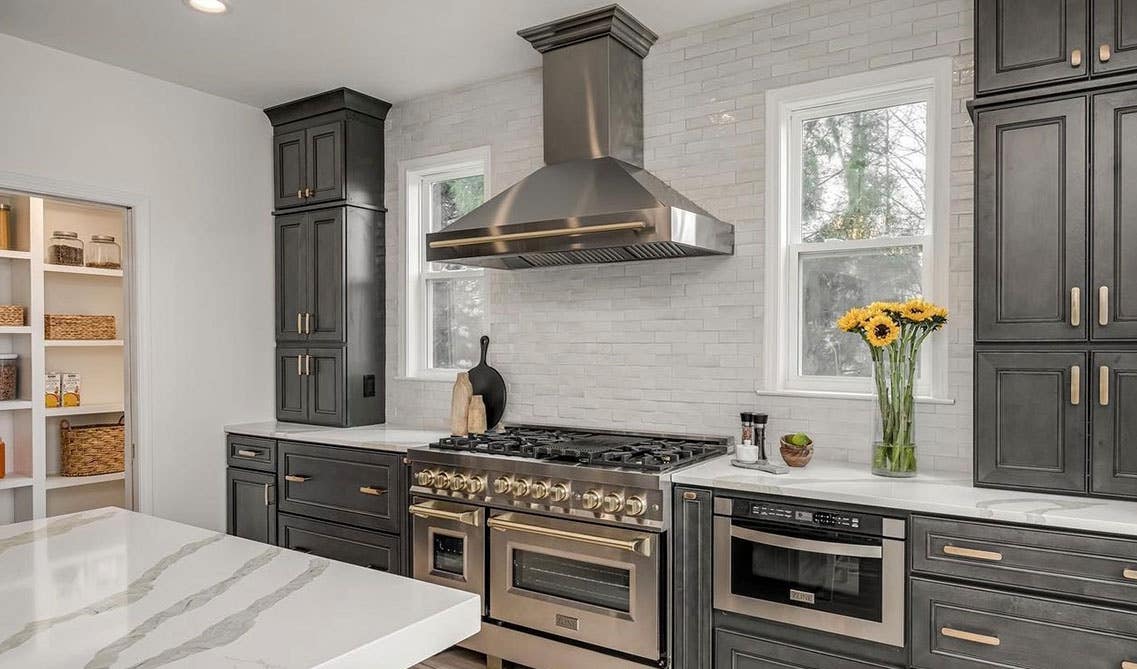
When it comes to creating a functional and efficient kitchen, the choice of range hood plays a vital role. With so many options available, one crucial decision to make is whether to go for a ducted or ductless range hood. Both options have their own set of advantages and considerations to keep in mind.
In this blog, we will dive into comparing ducted and ductless range hoods, exploring their features, and benefits, and helping you determine which one is the right fit for your kitchen. So, if you're on the lookout for the perfect range hood solution, join us as we discuss the debate between ducted vs ductless range hoods and guide you toward making the perfect decision.
What Are Range Hoods?
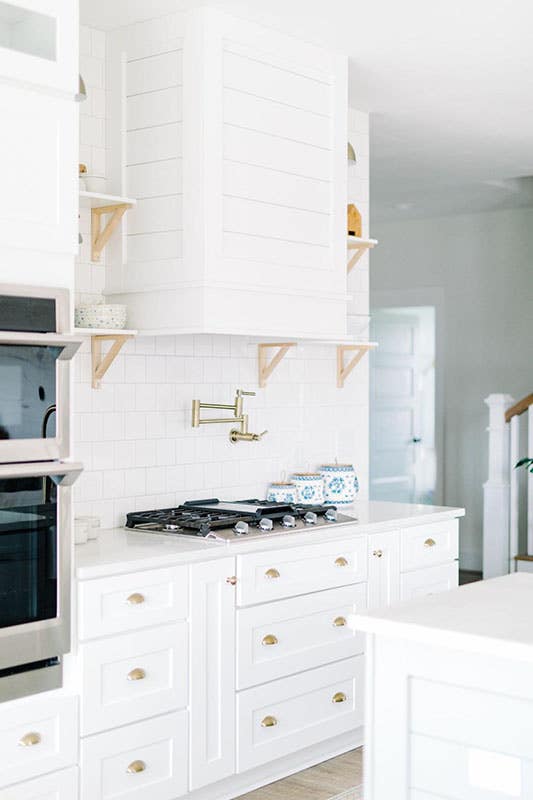
A range hood is an important appliance found in kitchens that helps eliminate smoke, odors, and airborne grease generated during cooking. It is typically installed above the cooktop or stove and consists of a fan or blower system enclosed in a canopy.
The primary function of a range hood is to capture and exhaust the pollutants produced while cooking, ensuring better air quality and a cleaner environment. Range hoods come in various sizes, designs, and extraction capacities to suit different kitchen layouts and cooking needs.
Lily Ann Cabinets has 25 different options of range hoods for you to choose from to pair with your hardware and cabinetry so that you not only have proper ventilation in your kitchen but also can achieve a stylish space.
Checkout: Is A Range Hood Right For Your Kitchen?
Ducted Rangehoods
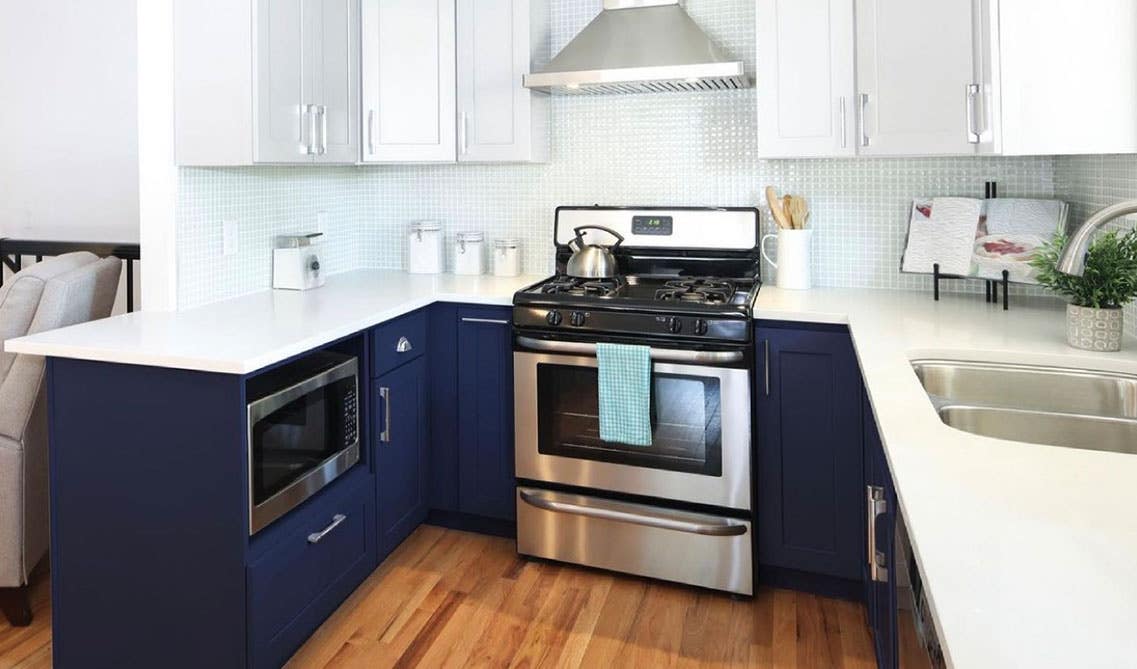
A ducted range hood, also known as a vented or exhaust hood, operates by extracting the polluted air through a duct system connected to the hood and expelling it outside the house. These hoods are highly effective at ventilating the kitchen as they physically eliminate the contaminants from the cooking area, ensuring a fresher and cleaner environment.
The ducted range hood typically consists of a powerful fan and a series of filters that capture grease and other impurities before the air is expelled through the ductwork. With their superior ventilation capabilities, ducted range hoods are an ideal choice for those who engage in heavy cooking or require maximum airflow to maintain the air quality in the kitchen.
Checkout: How to Install a Range Hood Vent Through Ceiling
Pros of a Ducted Range Hood:
- Superior Ventilation: Ducted range hoods are highly effective at removing smoke, steam, grease, and odors from the kitchen. By venting the air outside, they ensure a fresher and cleaner cooking environment.
- Increased Efficiency: Ducted range hoods typically have higher airflow rates, making them more efficient at capturing and eliminating pollutants. They are particularly beneficial for heavy cooking or high-heat cooking methods that generate substantial smoke and grease.
- Reduced Noise: Since the exhaust air is expelled outside through the duct system, ducted range hoods are generally quieter compared to ductless models. This allows for a more peaceful cooking experience.
Cons of a Ducted Range Hood:
- Complex Installation: Installing a ducted range hood can be more challenging and may require professional assistance. It involves running a duct system through the walls or ceiling of the kitchen, which can be time-consuming and costly.
- Limited Placement Options: Ducted range hoods require proper ductwork and external ventilation, limiting their placement options within the kitchen. The layout of your kitchen and home structure may restrict the installation possibilities.
- Potential Energy Loss: When using a ducted range hood, conditioned air from the kitchen is expelled outside, which can lead to a slight energy loss. This may result in increased energy consumption and higher utility bills.
Related: 11 Beautiful Kitchen Range Hood Ideas for Your Next Renovation
Ductless Range Hoods
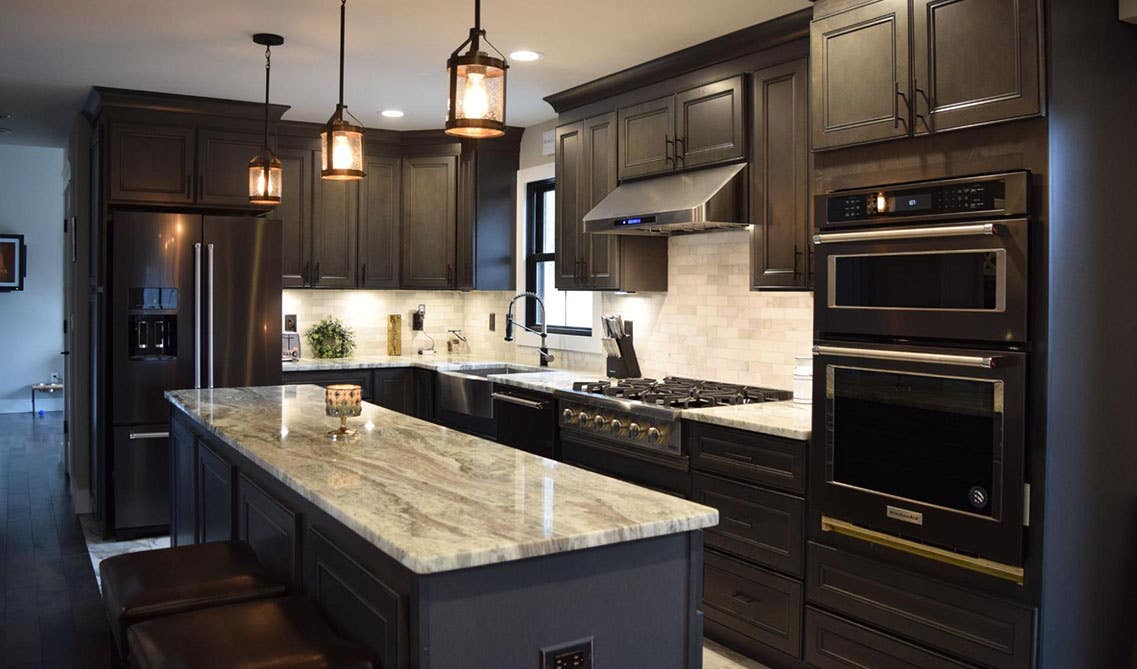
A ductless range hood, also known as a recirculating range hood, cleans the air in the kitchen as well; however, unlike ducted range hoods that vent the air outside, ductless range hoods utilize a combination of filters to capture and trap grease particles, while a charcoal filter helps reduce odors.
The filtered air is then recirculated back into the kitchen, creating a cleaner cooking environment. Ductless range hoods are favored for their easy installation, versatility in placement, and energy efficiency, making them a suitable option for kitchens where installing a duct system may be impractical or costly. While they may not offer the same level of ventilation as ducted hoods, ductless range hoods provide a convenient solution for moderate cooking needs. Regular cleaning and filter maintenance are necessary to ensure their effectiveness.
Pros of a Ductless Range Hood:
- Easy Installation: Ductless range hoods are relatively easy to install since they don't require ductwork. This makes them a convenient option, especially for kitchens where installing a duct system may be challenging or costly.
- Versatile Placement: Ductless range hoods offer flexibility in terms of placement. They can be installed in various locations within the kitchen, as long as there is access to an electrical outlet. This versatility allows you to choose the most suitable position for your cooking setup.
- Energy Efficiency: Unlike ducted range hoods that expel conditioned air from the kitchen, ductless models recirculate the air back into the room. This helps maintain a comfortable temperature in your home and can contribute to energy savings.
Cons of a Ductless Range Hood:
- Limited Ventilation: Ductless range hoods are not as effective at removing heat, moisture, and airborne pollutants from the kitchen compared to ducted hoods. While they can capture grease particles and reduce odors with filters, they do not provide the same level of ventilation and airflow. The recirculated air can also make it harder to remove stronger kitchen smells.
- Regular Maintenance: The filters in ductless range hoods require regular cleaning and occasional replacement to maintain their efficiency. Neglecting filter maintenance can result in reduced performance and potential odors.
- Increased Noise: Ductless range hoods tend to be louder compared to ducted models. Since the air is not vented outside, the recirculation process can produce more noise, which may be a consideration for those seeking a quieter kitchen environment.
Checkout: How to Install a Ductless Range Hood
Choosing the Right Option:
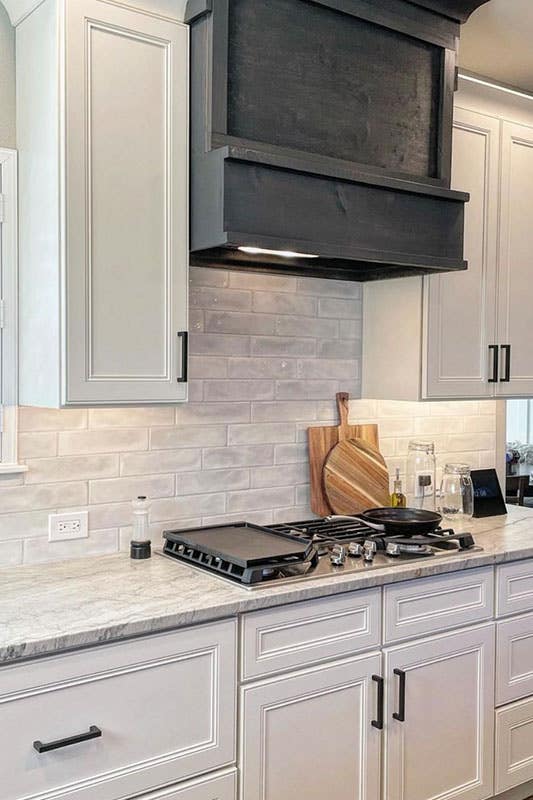
When it comes to deciding between ducted vs. ductless range hoods for your kitchen, there are a few key factors to consider. Here are some important points to help you make an informed decision:
- Cooking Habits and Kitchen Usage: Assess your cooking habits and the type of meals you frequently prepare. If you often engage in heavy cooking techniques like frying, grilling, or stir-frying, a ducted range hood is generally more effective at capturing and removing the resulting smoke, grease, and odors. Ducted hoods provide superior ventilation, making them suitable for kitchens with high cooking demands.
- Kitchen Layout and Ducting Possibilities: Evaluate your kitchen's layout and determine if it allows for easy installation of ductwork. If your kitchen lacks access to exterior walls or has structural limitations, such as concrete ceilings, installing a ducted range hood may be challenging or costly. In such cases, a ductless range hood provides a more feasible solution as it doesn't require ducting.
- Noise Considerations: If a quiet kitchen environment is a priority for you, a ducted range hood might be preferable. Since the exhaust air is directed outside, ducted hoods tend to produce less noise compared to ductless models, which recirculate the air back into the kitchen. However, newer models of ductless range hoods have advanced noise reduction technologies that minimize sound disturbances, so consider the noise level specifications when making your decision.
- Installation Complexity and Budget: Evaluate the installation requirements and associated costs. Ducted range hoods usually require professional installation due to the need for ductwork. This can increase the overall cost of the appliance. On the other hand, ductless range hoods are generally easier to install, making them a more budget-friendly option. However, keep in mind that ductless hoods require regular maintenance, such as filter cleaning and replacement, which should be factored into your long-term costs.
- Energy Efficiency: Consider the energy efficiency of the range hood. Ductless hoods are more energy-efficient as they recirculate the air back into the kitchen, preserving conditioned air and potentially reducing energy consumption. This aspect can be particularly important if you live in a region with extreme climates and want to maintain a comfortable temperature in your home while cooking.
Ultimately, the decision between a ducted and ductless range hood depends on your specific kitchen requirements, cooking habits, and budget constraints. If you prioritize superior ventilation and have the means for duct installation, a ducted range hood is likely the best choice. However, if you need a more flexible and cost-effective solution, a ductless range hood can provide satisfactory performance for lighter cooking needs.
Remember to carefully evaluate your options, read product specifications, and consider expert advice or recommendations before making a final decision. A range hood is a long-term investment in your kitchen, and selecting the right type will contribute to a cleaner, healthier, and more enjoyable cooking experience.
In Conclusion…
Ducted vs ductless range hoods, both have their merits and trade-offs. By assessing your specific needs and understanding the pros and cons of each type, you can make an informed decision that enhances your cooking experience and keeps your kitchen well-ventilated. Whether you opt for a ducted or ductless range hood, having a reliable ventilation system in place is crucial for maintaining a clean and healthy kitchen environment.
Whether you are looking to completely remodel your kitchen or make minor improvements, Lily Ann Cabinets has you covered. We are here to help you design your dream kitchen every step of the way. Whether it is a FREE 3D design or FREE samples we want to ensure that you have the kitchen of your dreams. With our unmatched availability and affordability, why shop anywhere else when you can shop at Lily Ann Cabinets?
Related Blogs:
Recent Blogs
Kitchen Decor
What Your Wife Really Wants for Mothers Day
Kitchen Cabinets,Wood Cabinets,Cabinet Tips,Cab...

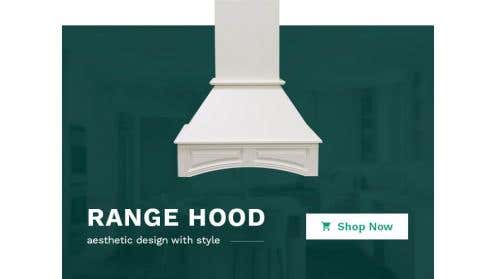
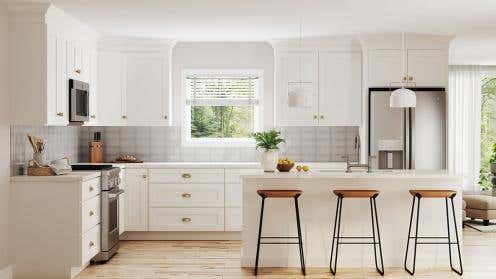
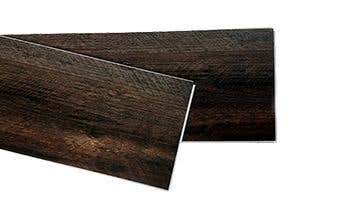
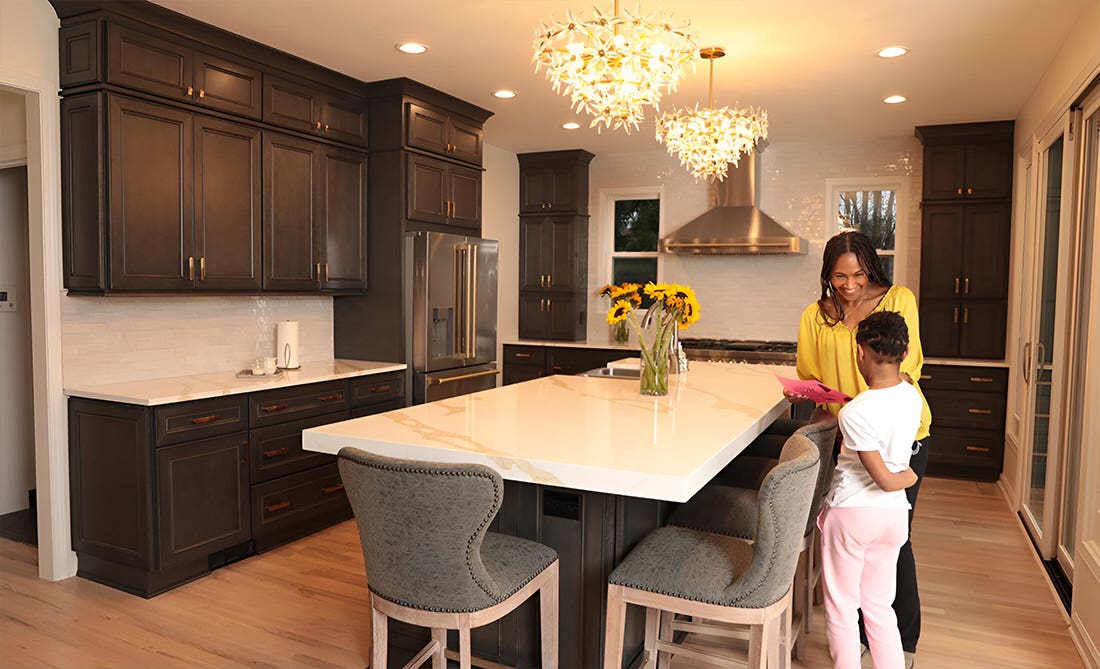
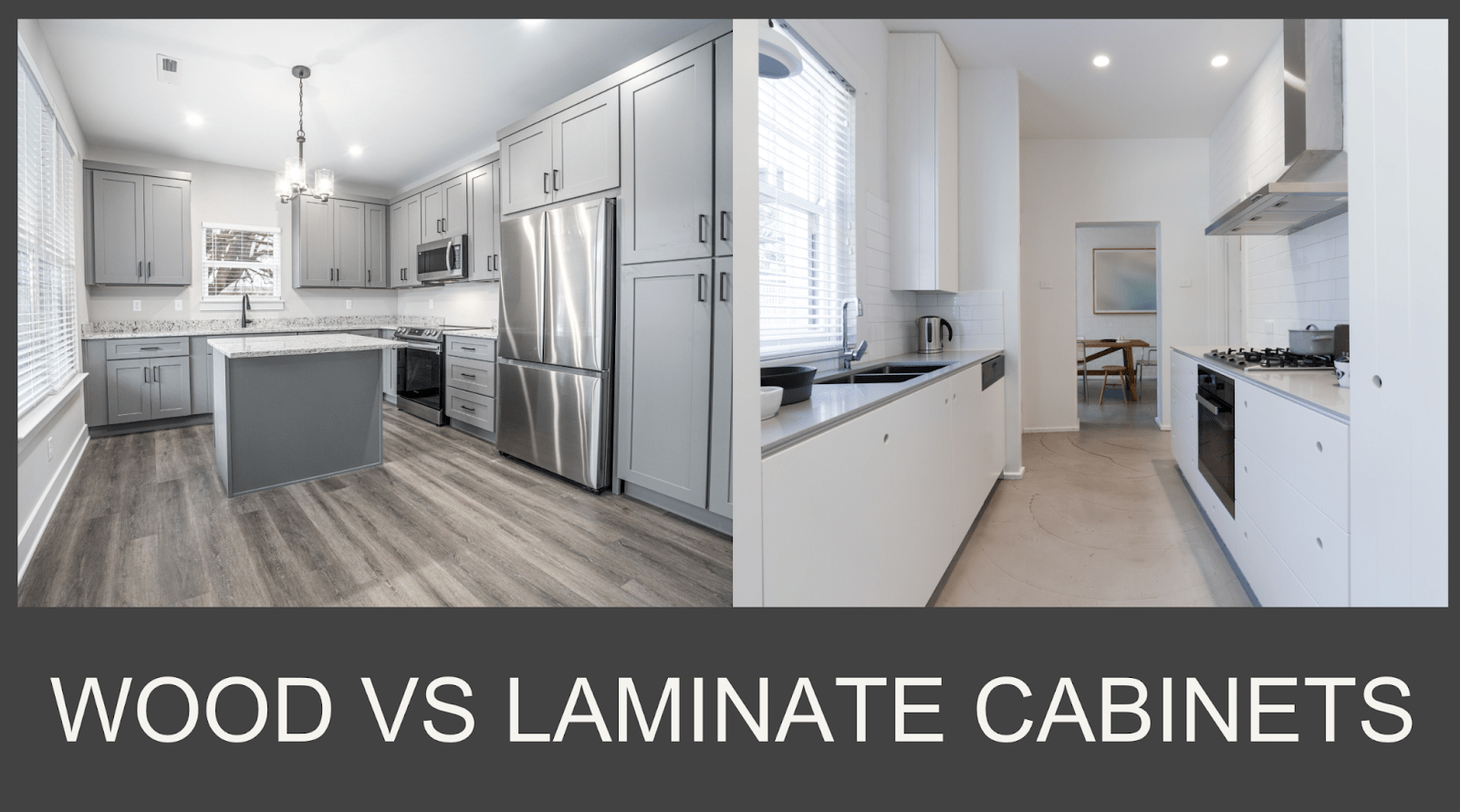
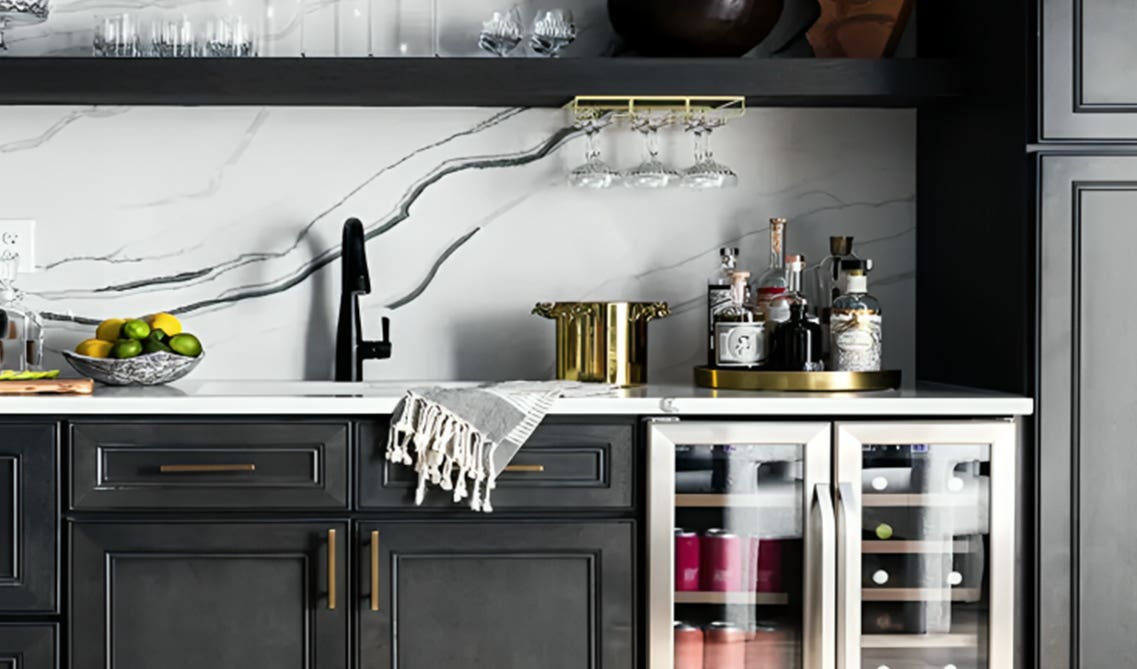


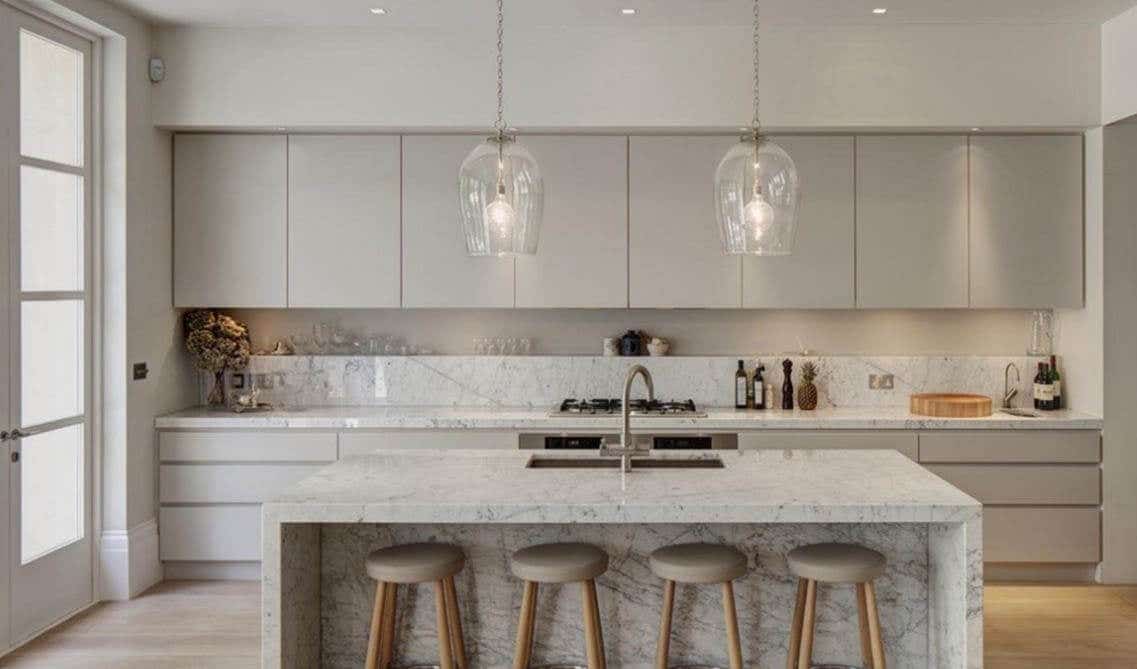
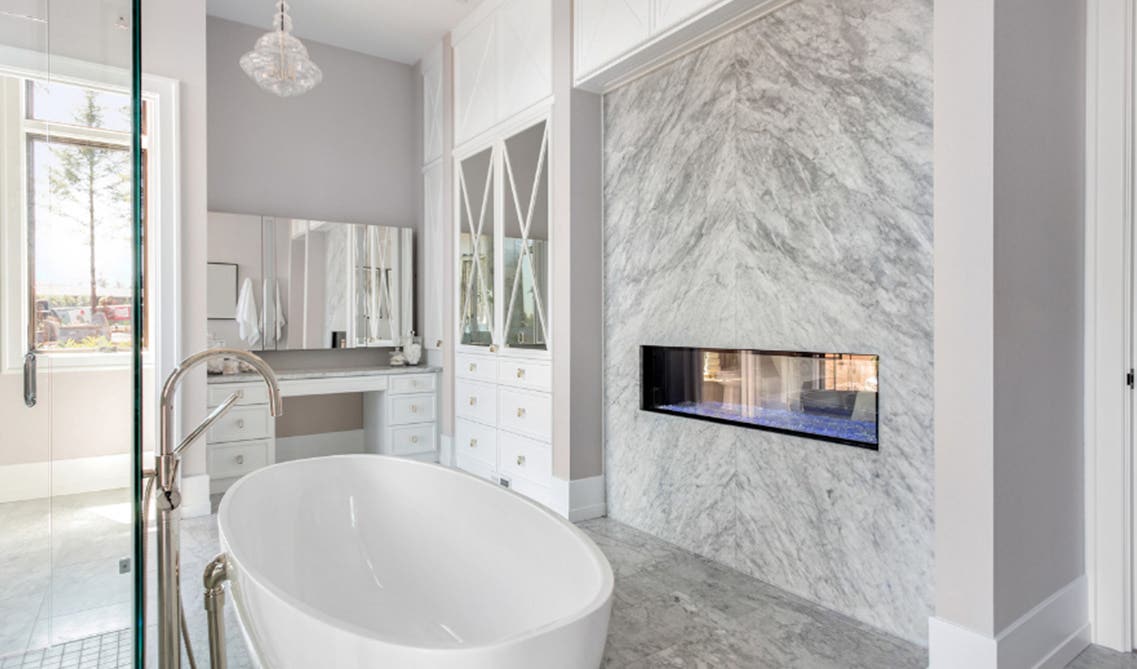
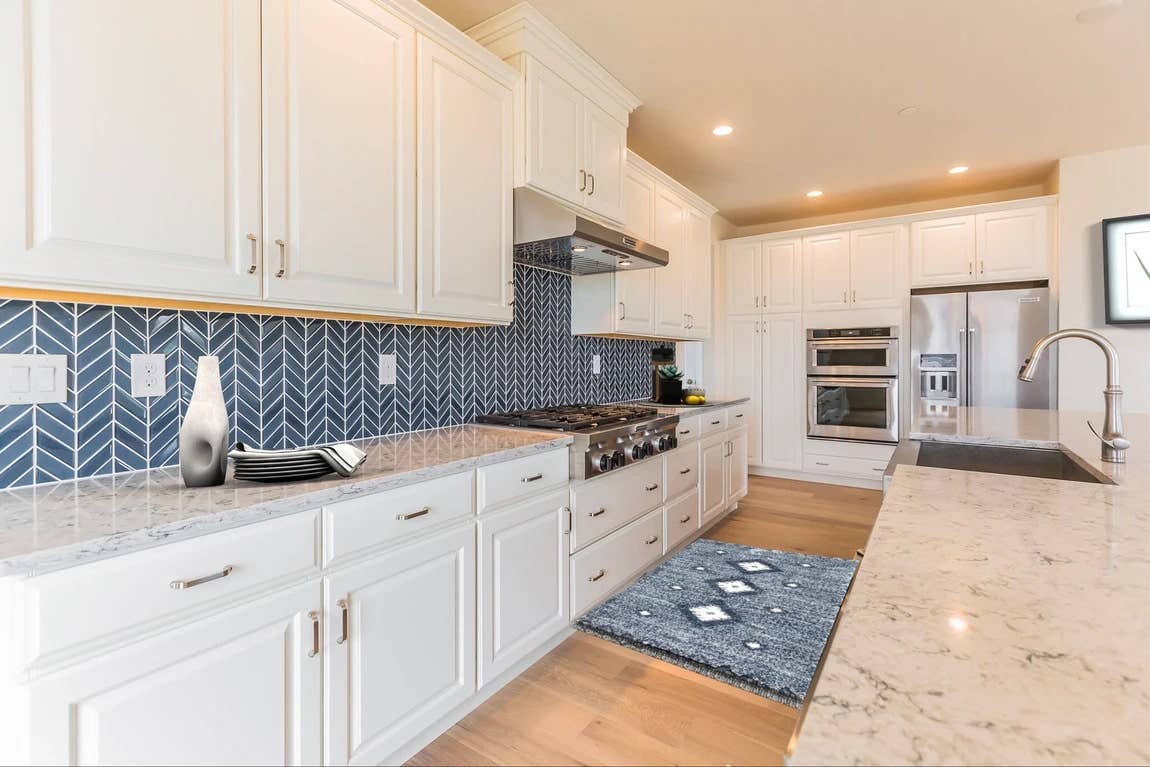
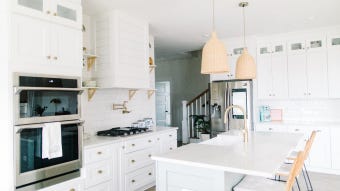



Comments